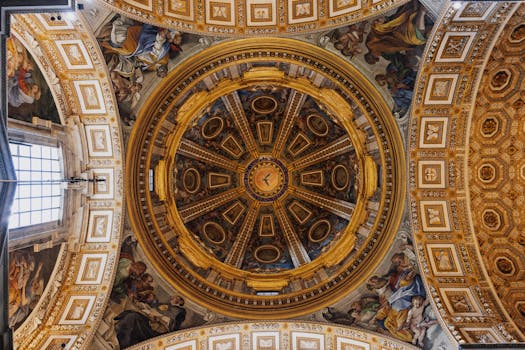
Traveling Through Time: How Europe’s Historical Heritage Shapes Modern Lifestyles in 2025
Traveling Through Time: How Europe’s Historical Heritage Shapes Modern Lifestyles in 2025. Europe, a continent steeped in history and tradition, has a profound impact on modern lifestyles. From the intricate architecture of ancient buildings to the vibrant art and culture scenes, Europe’s historical heritage continues to shape the way people live, work, and interact with one another in 2025.
Introduction to Europe’s Historical Heritage
Europe is home to some of the world’s most famous and influential historical sites, including the Colosseum in Rome, the Acropolis in Athens, and the Tower of London. These iconic landmarks attract millions of visitors each year, who come to marvel at their grandeur and learn about the rich history and culture that surrounds them. But Europe’s historical heritage is not just limited to these famous sites; it can be seen in the everyday lives of its citizens, from the food they eat to the music they listen to.
The Impact of Historical Heritage on Modern Lifestyles
So, how does Europe’s historical heritage shape modern lifestyles in 2025? One way is through the preservation and restoration of historical buildings and landmarks. Many European cities have made a concerted effort to preserve their historical architecture, which has resulted in the creation of unique and vibrant urban landscapes. For example, the city of Florence in Italy is famous for its medieval architecture, which has been carefully preserved and restored over the years. This has created a unique and charming atmosphere that attracts visitors from all over the world.
Another way that Europe’s historical heritage shapes modern lifestyles is through the arts and culture. Europe has a thriving arts scene, with numerous museums, galleries, and performance venues that showcase the work of local and international artists. The Louvre in Paris, the Uffizi Gallery in Florence, and the National Gallery in London are just a few examples of the many world-class museums that can be found in Europe. These institutions play an important role in promoting cultural awareness and appreciation, and they help to shape the way people think about and interact with art and culture.
Conclusion
In conclusion, Europe’s historical heritage continues to have a profound impact on modern lifestyles in 2025. From the preservation and restoration of historical buildings and landmarks to the vibrant arts and culture scene, Europe’s rich history and tradition are still very much alive today. Whether you’re interested in history, art, culture, or simply want to experience the unique atmosphere of a European city, there’s no denying the fact that Europe’s historical heritage is a major part of its appeal.





